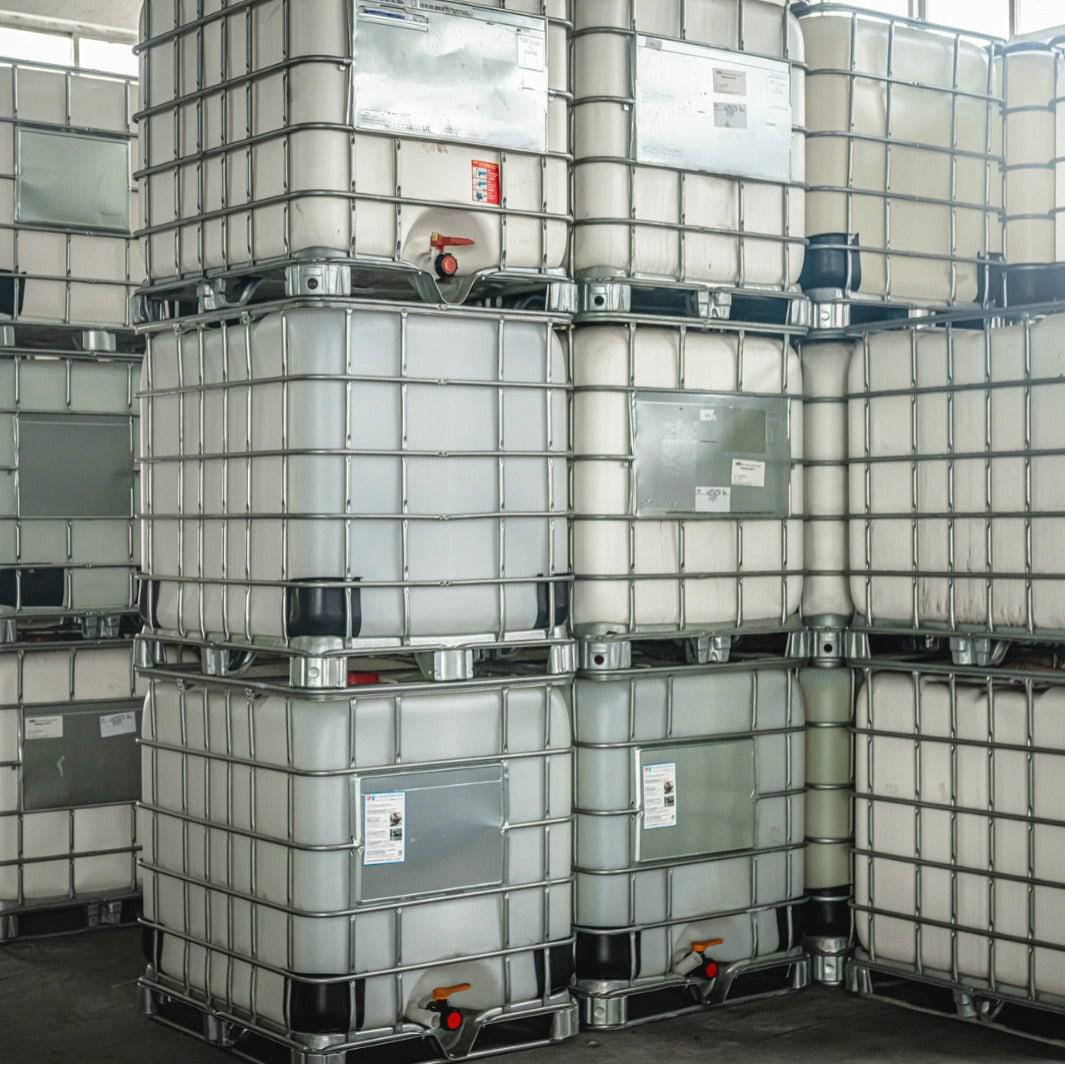The Basic Principles Of Chemie
Table of Contents8 Easy Facts About Chemie ShownThe Ultimate Guide To ChemieThe Greatest Guide To ChemieThe Ultimate Guide To ChemieThe smart Trick of Chemie That Nobody is DiscussingThings about Chemie
By Bojanna Shantheyanda, Sreya Dutta, Kevin Coscia and David SchiemerDynalene, Inc. Fluid cooling, which can be achieved utilizing indirect or direct ways, is made use of in electronic devices applications having thermal power densities that may surpass risk-free dissipation via air cooling. Indirect liquid air conditioning is where heat dissipating electronic components are literally separated from the fluid coolant, whereas in situation of direct cooling, the components remain in direct contact with the coolant.Nevertheless, in indirect air conditioning applications the electric conductivity can be important if there are leakages and/or spillage of the liquids onto the electronic devices. In the indirect cooling applications where water based liquids with deterioration inhibitors are normally utilized, the electrical conductivity of the fluid coolant mostly depends upon the ion focus in the liquid stream.
The boost in the ion focus in a shut loophole liquid stream might take place as a result of ion seeping from metals and nonmetal elements that the coolant liquid touches with. During procedure, the electric conductivity of the liquid may enhance to a degree which might be damaging for the cooling system.
Some Known Factual Statements About Chemie
(https://dc-washington.cataloxy.us/firms/chemie.co.htm)They are bead like polymers that are qualified of trading ions with ions in a solution that it is in contact with. In the present job, ion leaching tests were carried out with numerous metals and polymers in both ultrapure deionized (DI) water, i.e. water which is treated to the greatest degrees of pureness, and low electric conductive ethylene glycol/water mixture, with the gauged modification in conductivity reported with time.
The examples were allowed to equilibrate at space temperature for 2 days before taping the preliminary electrical conductivity. In all tests reported in this research fluid electrical conductivity was gauged to a precision of 1% utilizing an Oakton disadvantage 510/CON 6 collection meter which was calibrated prior to each measurement.
Some Known Questions About Chemie.
from the wall heating coils to the center of the furnace. The PTFE sample containers were positioned in the heater when consistent state temperatures were reached. The test setup was removed from the heater every 168 hours (7 days), cooled down to space temperature with the electric conductivity of the fluid gauged.
The electrical conductivity of the liquid example was monitored for a total amount of 5000 hours (208 days). Number 2. Schematic of the indirect shut loophole cooling down experiment set up - high temperature thermal fluid. Table 1. Components utilized in the indirect closed loop cooling down experiment that are in call with the liquid coolant. A schematic of the speculative arrangement is received Figure 2.

What Does Chemie Do?
During operation the fluid reservoir temperature was kept at 34C. The modification in fluid electrical conductivity was kept track of for 136 hours. The liquid from the system was collected and saved. Shut loop test with ion exchange material was lugged out with the very same cleaning procedures used. The first electrical conductivity of the 230ml UP-H2O in the system gauged 1.84 S/cm.

0.1 g of Dowex material was added to 100g of fluid examples that was absorbed a different container. The combination was stirred and change in the electrical conductivity at space temperature was gauged every hour. The determined change in the electric conductivity of the UP-H2O and EG-LC test liquids having polymer or metal when engaged for 5,000 hours at 80C is shown Number 3.
10 Simple Techniques For Chemie
Figure 3. Ion leaching experiment: Calculated modification in electrical conductivity of water and EG-LC coolants including either polymer or steel samples when immersed for 5,000 hours at 80C. The results indicate that metals contributed fewer ions right into the fluids than plastics in both UP-H2O and EG-LC based coolants. This can be as a result of a thin metal oxide layer which might act as an obstacle to ion leaching and cationic diffusion.
Fluids containing polypropylene and HDPE find out here now exhibited the most affordable electrical conductivity adjustments. This could be as a result of the short, stiff, straight chains which are much less likely to contribute ions than longer branched chains with weaker intermolecular pressures. Silicone also did well in both test fluids, as polysiloxanes are usually chemically inert due to the high bond energy of the silicon-oxygen bond which would certainly prevent destruction of the material into the liquid.
The Definitive Guide to Chemie
It would be anticipated that PVC would certainly generate similar results to those of PTFE and HDPE based on the similar chemical structures of the materials, nevertheless there might be various other contaminations existing in the PVC, such as plasticizers, that might impact the electrical conductivity of the liquid - dielectric coolant. Furthermore, chloride teams in PVC can additionally seep into the test fluid and can cause a boost in electric conductivity
Buna-N rubber and polyurethane showed indications of destruction and thermal disintegration which suggests that their feasible utility as a gasket or sticky material at higher temperature levels might lead to application concerns. Polyurethane totally broke down right into the test fluid by the end of 5000 hour examination. Figure 4. Before and after pictures of metal and polymer examples submersed for 5,000 hours at 80C in the ion leaching experiment.
Calculated adjustment in the electric conductivity of UP-H2O coolant as a feature of time with and without material cartridge in the shut indirect air conditioning loop experiment. The gauged adjustment in electric conductivity of the UP-H2O for 136 hours with and without ion exchange material in the loophole is displayed in Figure 5.